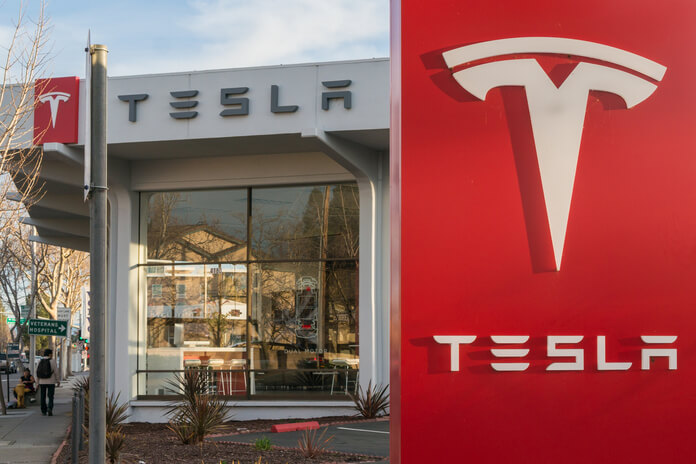Tesla’s (NASDAQ:TSLA) second-quarter results were received after the bell on Wednesday, which was shared in a shareholder letter. We anticipated that overall results would be lower sequentially than in Q1 due to the Shanghai factory being down for several weeks. Investors were interested in how this would affect profitability, particularly when combined with the start-up of two new factories, and what this indicated for the second half of 2022.
Tesla’s Q2 Earnings
Tesla’s sales for the quarter were slightly less than $17 billion, which was in line with market expectations. Except for leasing revenue, which fell sequentially, it was a little light all around. My impression is that I misjudged the stronger dollar impact here, and it appears that Tesla ramped up solar and services a little faster than most expected. Credit sales were also better than I expected, but fell sharply sequentially due to the one-time benefit in Q1. The overall data for my three earnings examples are shown in this graph. Except for per-share levels, all dollar quantities are in millions.
GAAP automotive gross margins decreased five percentage points sequentially to 27.9%, 90 basis points below my forecast, while non-GAAP margins declined 3.8 percentage points to 26.2%. Tesla’s gross profit dollar amount exceeded my base assumption but fell short of my bull case. The company improved its energy and services margins as revenue in those divisions increased sequentially.
Valuations
Tesla’s operating expenses came in lower than my predictions. Research and development costs fell by around $200 million sequentially, which seems unusual given all of the goods the corporation is allegedly working on right now. The main difference was that restructuring and other costs were $400 million lower than I had estimated. The reason for this is that Tesla changed the majority of its Bitcoin to fiat cash during Q2, therefore, there was no large impairment charge that many expected. The Bitcoin sale was a surprise given Elon Musk’s previous comments about holding the cryptocurrency.
Tesla’s non-GAAP EPS exceeded all three of my scenarios, owing primarily to the Bitcoin transaction and other income factors that might change significantly from quarter to quarter. Analysts are likely to label this a “better-than-expected” quarter, but it wasn’t exactly a blockbuster that bulls can rally behind. Again, given the Bitcoin transaction and a number of other one-time things for the quarter, I’m not going to make too much of the $2.18 figure exceeding the $1.80 average street expectation for Q2.
On the cash flow front, Tesla reported a free cash flow of $621 million, somewhat below the market’s expectation of just under $1 billion. The Bitcoin sale boosted Tesla’s cash balance to more than $18 billion. The one thing that concerned me was that accumulated liabilities and accounts payable increased despite the significant decline in output. This meant that Tesla’s days payable outstanding increased to 80 from 72 in Q1 and 71 at the end of June 2021, the highest value since Tesla began providing this data.
Your cash flow metrics will undoubtedly improve when you continue to spread out payments to your suppliers. Critics may also argue that the Bitcoin sale was motivated by Tesla’s financial difficulties. Despite increasing capital to a quarter-ending record, the corporation recorded less interest income in Q2 than it did in Q1, despite increased interest rates. A quarterly interest income of $26 million seems relatively low for a corporation with over $18 billion in cash.
Conclusion
The most significant update we received in the shareholder letter concerned production capacity. For the first time in a long time, Tesla management updated the Shanghai figure, which now exceeds 750,000 vehicles per year, as shown in the graph below. The company has an installed capacity of about 2 million units per year, and current projections call for deliveries of approximately 1.4 million units this year. Tesla maintained its long-term growth prediction of 50% each year, but the letter did not provide an explicit figure for this year.
Tesla shares first jumped on the headline data, surging more than $35 to a high of $778 at one point. However, as the data were being processed, they retreated slightly, eventually falling into the red around 4:38 PM. In the end, the company provided respectable headline earnings, but the market was underwhelmed by the margin decline, lower-than-expected free cash flow, and Bitcoin sales.
Featured Image: Megapixl © Maislam

















